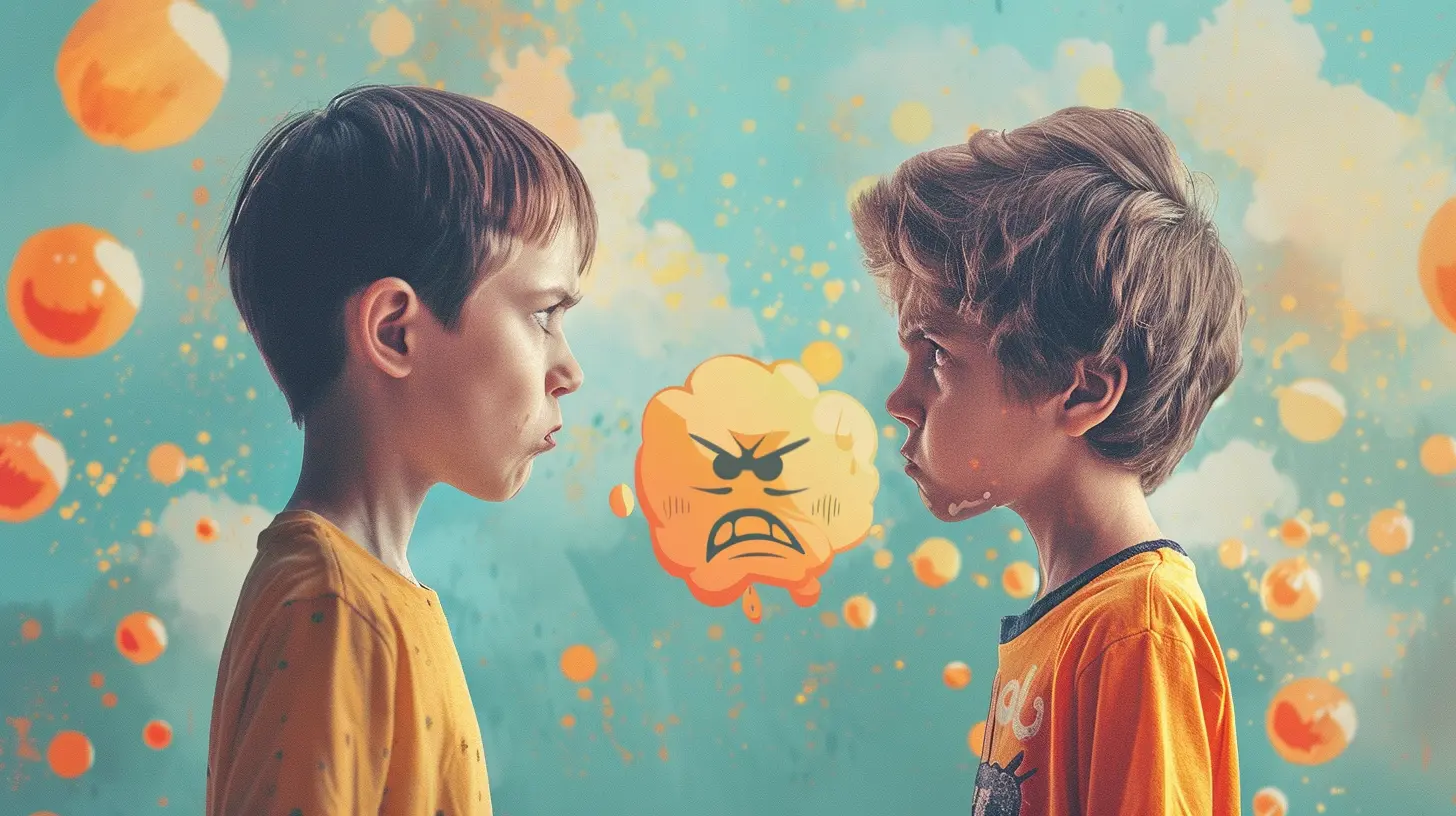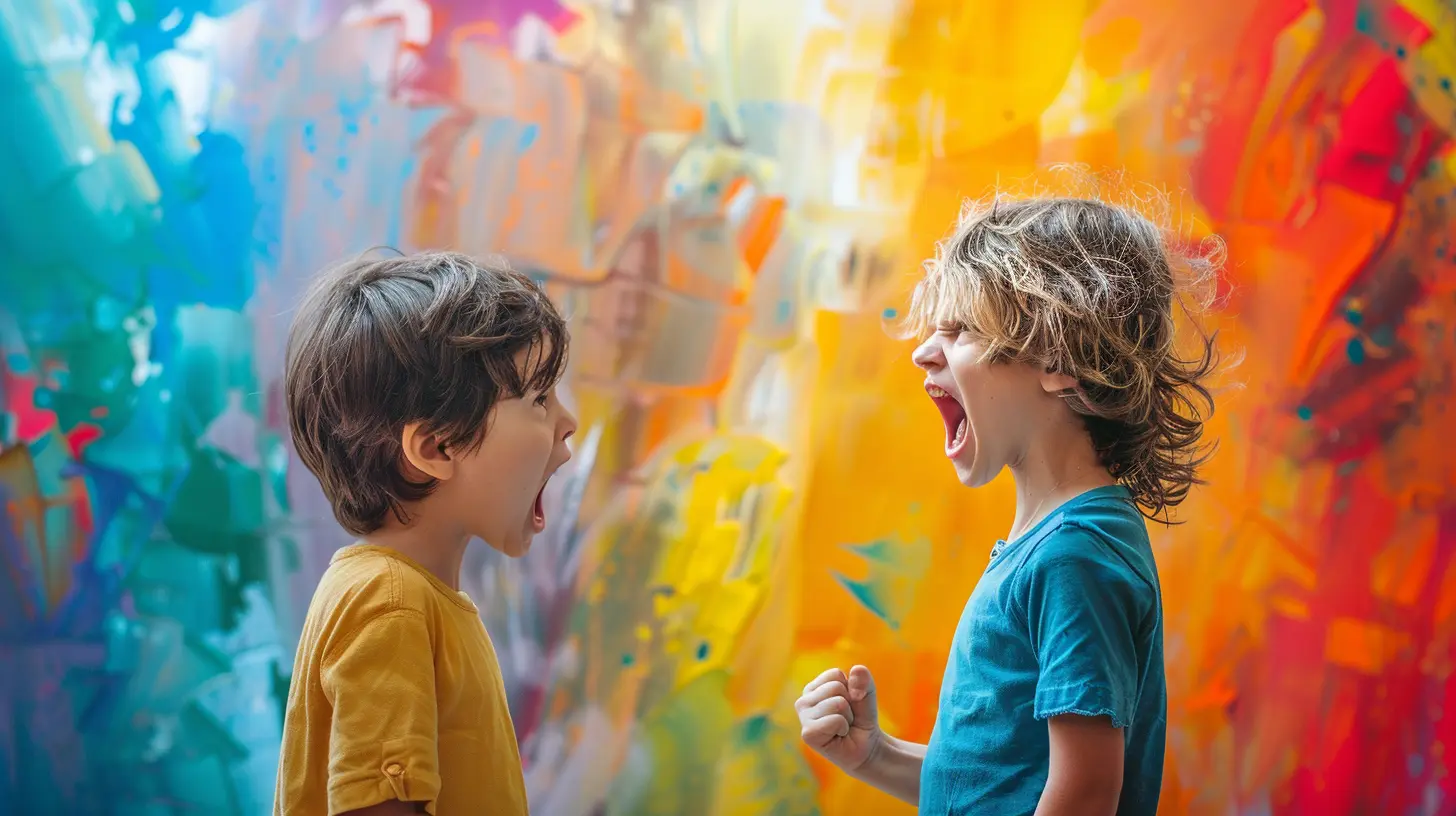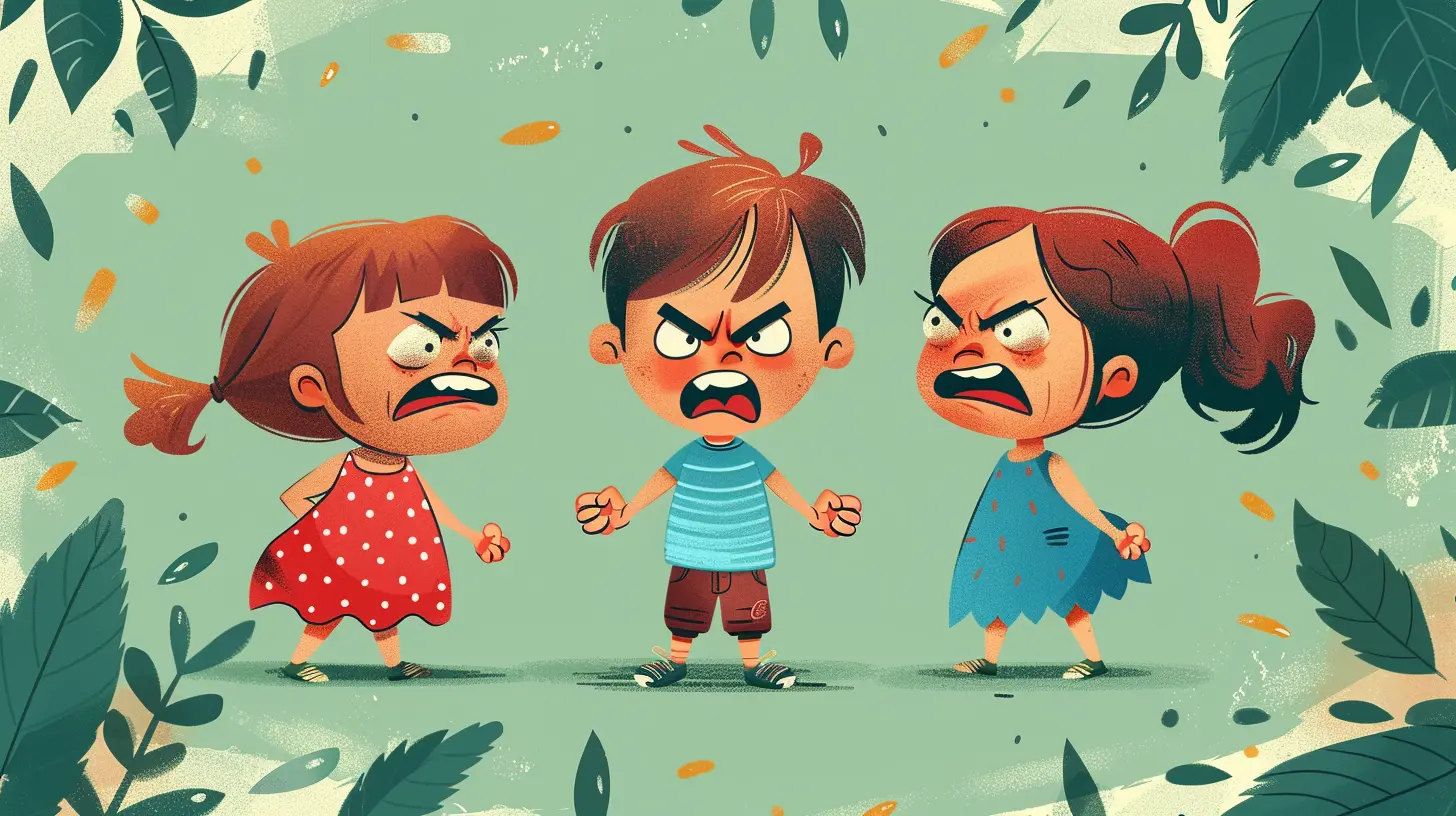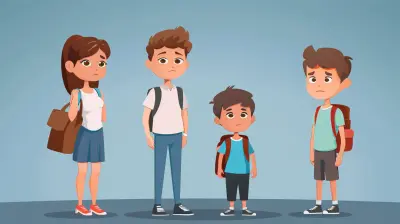Helping Kids Understand and Express Anger Constructively
9 May 2025
Anger is a tricky emotion, especially for kids. One moment, they're giggling over a silly joke, and the next, they're stomping their feet because their tower of blocks just collapsed. Sound familiar? As parents, our job isn't to suppress their anger but to guide them in expressing it constructively.
Teaching children how to handle anger is like giving them a life skill toolkit—it helps them navigate challenges, build strong relationships, and avoid unnecessary outbursts. But how do we do this without resorting to the classic, "Calm down!" (which, let’s be honest, rarely works)?
Let’s dive into some practical ways to help kids understand and express their anger in healthy ways. 
Understanding Anger: It’s Normal!
First things first—anger is not the enemy. It’s a natural human emotion, just like happiness or excitement. The real issue? How we handle it.For kids, anger often stems from frustration, disappointment, or feeling misunderstood. Since their brains are still developing, they don’t have the impulse control that adults (mostly) do. Imagine trying to build a LEGO masterpiece and having your sibling knock it down—that frustration is real!
Why Do Kids Struggle with Anger?
Children experience anger intensely, but they lack the emotional vocabulary and coping skills to manage it. Some common reasons kids get angry include:- Not getting their way. (Who doesn’t get irritated when their favorite snack is denied?)
- Feeling unheard or misunderstood. (Ever tried explaining something and no one listened?)
- Being tired, hungry, or overstimulated. (Adults get cranky when hangry, too!)
- Losing a game or struggling with a task. (Competitiveness can fuel frustration.)
Understanding the root cause of anger can help us teach kids better ways to cope. 
Healthy Ways for Kids to Express Anger
Now that we know why kids get angry, let’s talk about how to help them express it constructively instead of throwing tantrums or lashing out.1. Name the Emotion
Ever heard the phrase, "Name it to tame it"? When kids can label their feelings, they gain better control over them. If your child is fuming, gently guide them:🗣️ "You seem really frustrated right now. Do you feel angry because your tower fell?"
Helping them put words to their emotions makes anger less overwhelming.
2. Teach Them Calming Techniques
Telling a child to "calm down" often backfires. Instead, give them specific tools to self-soothe:- Deep breathing: Teach them to take slow, deep breaths—"Smell the flower, blow out the candle."
- Counting to ten: A simple but effective way to pause before reacting.
- Using a calm-down jar: Watching glitter swirl in a jar can be mesmerizing and soothing.
These techniques help kids regulate their emotions instead of acting on impulse.
3. Encourage Physical Outlets
Anger creates pent-up energy. Instead of letting it explode in an unhealthy way, encourage a physical release:- Jumping on a trampoline
- Punching a pillow
- Running around outside
- Squeezing a stress ball
Exercise helps burn off frustration and resets emotions.
4. Model Healthy Anger Expression
Kids absorb everything we do—yes, that includes how we deal with anger. If they see us snapping over little things, guess what? They’ll do the same.Instead, try modeling calm anger responses:
🚶 "I’m feeling frustrated right now. I’m going to take a deep breath and count to five before I respond."
This teaches them that anger is normal, but how we handle it matters.
5. Create a Safe Space for Tough Emotions
Kids need to know it’s okay to feel angry. The key is where and how they express it. Establish a “cool-down zone” where they can go when they’re upset. It could be:- A cozy corner with soft pillows
- A small tent filled with books and stuffed animals
- A quiet area with coloring books or sensory toys
This gives them a safe outlet for big emotions without hurting others.
6. Use Storytelling and Role-Playing
Kids learn best through play. Try using books or role-playing scenarios to teach about anger.📖 Example: Read a story about a character dealing with anger, then discuss how they handled it.
🎭 Role-playing idea: Pretend you're both angry about something and brainstorm ways to react calmly.
This makes learning fun and memorable. 
Teaching Kids Problem-Solving Skills
Once your child has calmed down, it’s time for the next step—problem-solving.Ask questions like:
✅ "What made you feel angry?"
✅ "What can we do differently next time?"
✅ "How can we fix this situation?"
Encouraging kids to think through solutions helps them develop emotional intelligence and self-awareness. 
Avoiding Common Pitfalls
Even with the best intentions, certain parenting habits can make anger management harder. Here are some common pitfalls to avoid:❌ Shaming their emotions – Saying "Stop being dramatic!" teaches kids to suppress feelings.
❌ Ignoring their triggers – If hunger or exhaustion makes them cranky, address the root problem.
❌ Giving in to tantrums – If kids learn they get what they want by yelling, they’ll keep doing it. Instead, calmly enforce boundaries.
When to Seek Help
If your child’s anger seems excessive, frequent, or unsafe (like harming themselves or others), they may need extra support.🚩 Signs of concern:
- Anger turns into aggression often
- Difficulty calming down even after trying coping strategies
- Anger disrupts family life or school
In these cases, talking to a child psychologist or counselor can provide valuable guidance.
Final Thoughts
Helping kids understand and express anger constructively isn’t about eliminating the emotion—it’s about teaching control, self-awareness, and problem-solving.By giving them the right tools, modeling healthy behavior, and making space for their emotions, we empower our children to handle anger without meltdowns or aggression.
So next time your little one is fuming over a sibling stealing their toy, remember: It’s a learning opportunity, not just a tantrum.
With patience, practice, and a whole lot of deep breaths (for both of you!), your child can master the art of handling anger in a way that helps them—now and in the future.
all images in this post were generated using AI tools
Category:
Emotional IntelligenceAuthor:

Zelda Gill
Discussion
rate this article
3 comments
Nora Reilly
This article offers valuable insights into guiding children to recognize and express their anger healthily. Teaching emotional awareness and constructive communication can empower kids to manage their feelings and foster resilience. A must-read for every parent!
May 19, 2025 at 3:48 AM

Zelda Gill
Thank you for your kind words! I'm glad you found the insights valuable for helping children navigate their emotions.
Hattie Meyers
Great insights! Thank you for sharing this.
May 14, 2025 at 2:58 PM

Zelda Gill
Thank you! I'm glad you found it helpful.
Ford Hudson
This article offers valuable insights into guiding children through their anger. By teaching emotional vocabulary and coping strategies, parents can empower kids to express feelings constructively, fostering healthy communication and emotional intelligence for lifelong benefits.
May 14, 2025 at 3:33 AM

Zelda Gill
Thank you for your feedback! I'm glad you found the insights valuable for empowering kids to express their anger constructively.



